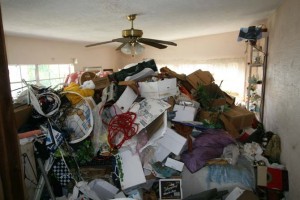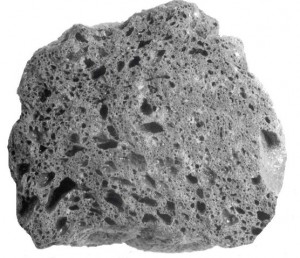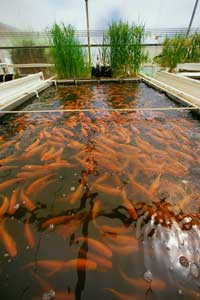*UPDATE 9/20 – Hydroton is, thankfully, still on the market! You can read on for some alternatives to Hydroton, or you can still purchase Hydroton as your preferred growing medium.
Nothing has changed since we last posted about the slow extinction of Hydroton. The inevitability grows by the day, as well as the gnashing of teeth. Still, life moves on. In a year, most hydroponic growers will ask, “what Hydroton?” Of course, the hydroton hoarders will blurt out, “what Hydroton?”

Last week we discussed rockwool as a possible replacement for Hydroton. Here is another hydroponic medium to ease the transition:
Stalite Expanded Slate (Permatill)
The Stalite Permatill company has at least one advantage over hydroton: close proximity. The North Carolina-based business has both its horticultural and manufacturing divisions in North Carolina. Their slogan of “all rocks are not created equal” applies to both its structural engineering projects and a slew of agricultural applications. Their lightweight slate aggregate is produced by the rotary kiln process. 1200 degrees F expands the rock, fractioning its former weight.

Stalite’s expanded slate products have 50% more surface area than typical gravel. It’s comparable to Hydroton in numerous ways:
- It allows enhanced microbial activity and filtration.
- The slate is inert, sterile, and resistant to algae.
- It can be washed and reused.
- It is ph stable.
Stalite permatill comes up short (when compared to Hydroton) in drip feed hydroponics. In tests done at Fifth Season stores, the permatill did poorly in drip feed compared to Hydroton. However, it compares well with Hydroton in ebb and flow systems as well as aeroponic systems.
Permatill also sits well with the fishes. The Aquaponics community is a growing industry with both hobbyists and professionals looking for profitable ventures. Since Hydroton is phasing out, a lot of aquaponics enthusiasts are turning to expanded slate for its comparable attributes.


Leave a Reply